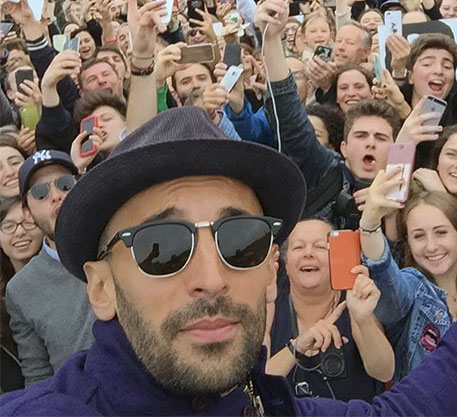
JR tells Jerry Saltz how his hat and sunglasses set him free
The Turkish authorities ran into a couple of difficulties when they tried to punish the French artist and activist
JR takes his selfies seriously. “I haven’t done a photo since I was 13-years-old that I don’t have my sunglasses on,” the anonymous artist and activist tells the New York critic Jerry Saltz in a new interview for Playboy magazine.
This anonymity has its uses, JR explains to Saltz. “When I did a project in Turkey, the city fined me,” the artist says. “But they fined 'X', because they didn’t have my name. I had to pay the fines through the company I rented the scaffolding from. They could never stop me when I left.”
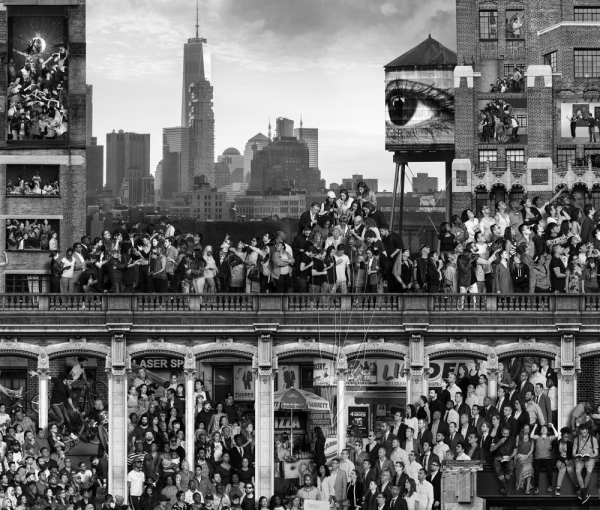
So is Saltz right to compare JR to that other great anonymous artist of the 21st century, Banksy? Saltz, speaking to JR at his Brooklyn Museum exhibition, is certainly careful when it comes to the comparisons, characterising the French artist, as an “inclusive Banksy” in the article.
“I don’t want you to be touchy about this,” Saltz says to JR, “but I think you took a thought structure that came through Banksy, where he’s very antagonistic to politics and economics, and you made that go gigantic. You took an idea of graffiti, broke the earliest, boring convention of name writing, combined it with muralists.”
JR considers Saltz’s comments, but rejects it in part. When he started out as a teenage graffiti tagger, he knew nothing about Banksy or about Shepard Fairey, he says.
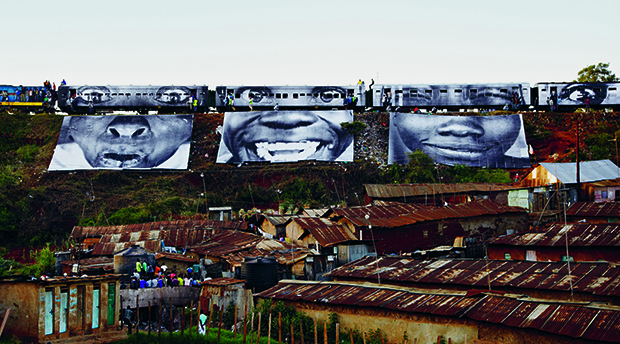
Instead, he went from tagging his name on the street to shooting photographs, and found a new artistic purpose. “My whole goal is to merge,” he says. “Merge the worlds without high-class, low-class, famous, non-famous. When people gather there, they realize they all have something in common. They’ve never met; now they’re part of the same piece forever.”
Rather than damn politicians or pursue certain political agendas – as other artists who went from the street to the gallery system have – JR’s most recent works allow ordinary citizens to express themselves, in large communal portraits, such as his NYC mural, The Chronicles of New York City, which feature film stars alongside ordinary folk, in one big picture.
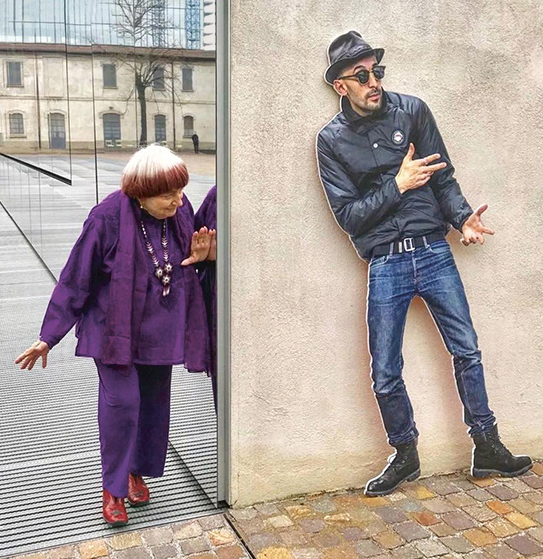
“It’s not a group photo; it’s a group of photos,” JR tells Saltz, “where no one person is more important than another. So Robert De Niro, he’s sitting on a stoop with other people, just blending in. And every single person here decided to represent themselves the way they wanted. I didn’t decide how they were going to be represented. They decided.”
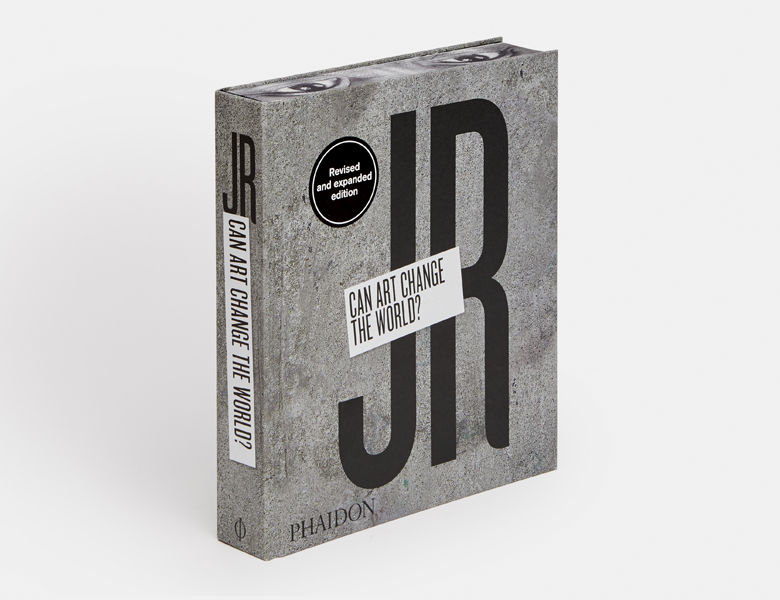
So, while you won’t be able to pick out JR’s identity in the crowd, you can, instead, get a better look at thousands of other faces. To see more of this brilliant artist's work and to understand his career path more fully order a copy of our newly updated and expanded book, JR: Can Art Change the World? here.